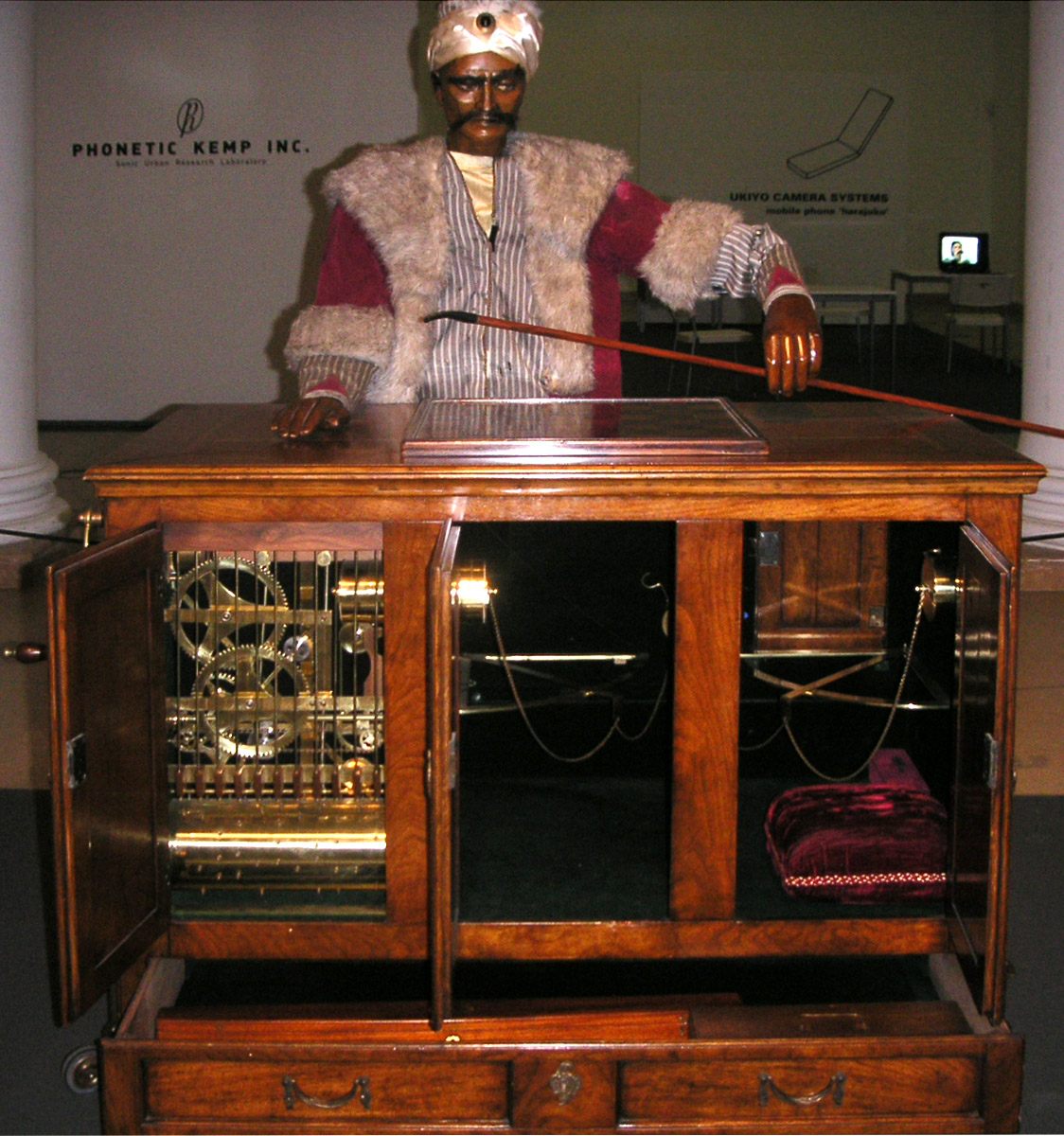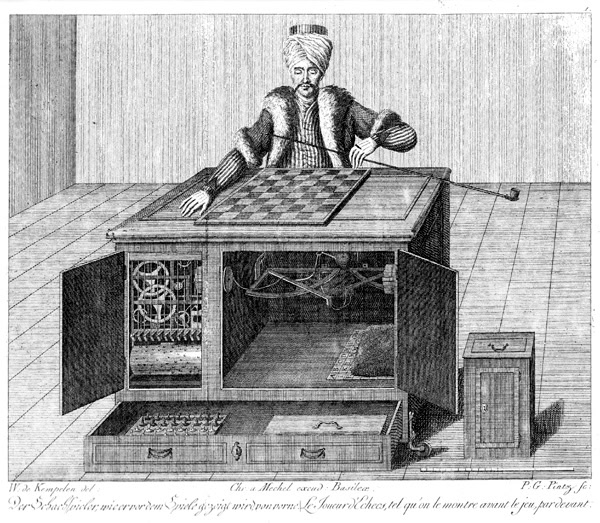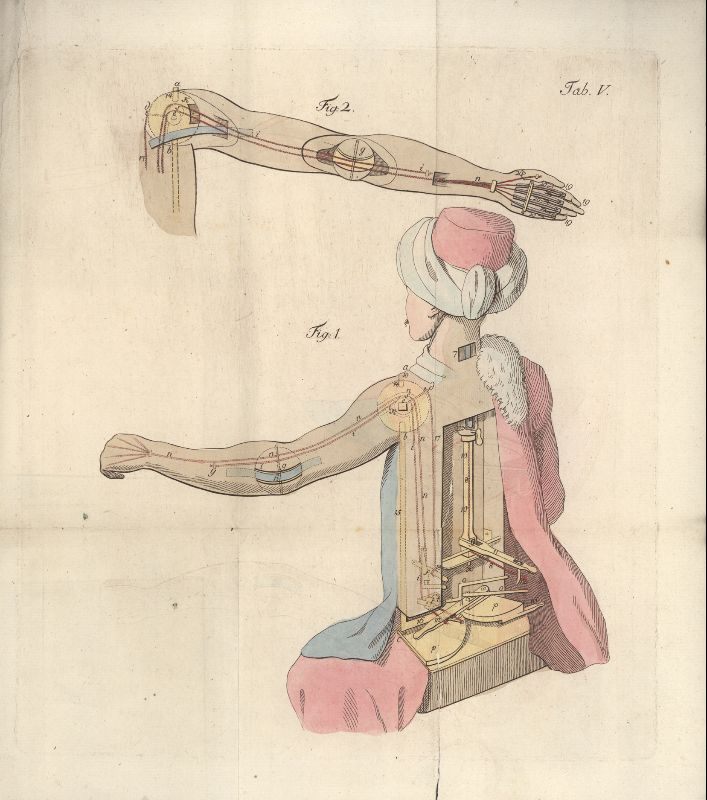Affiliate links on Android Authority may earn us a commission. Learn more.
The Weekly Authority: 📱 Google Pixel self-repair is coming
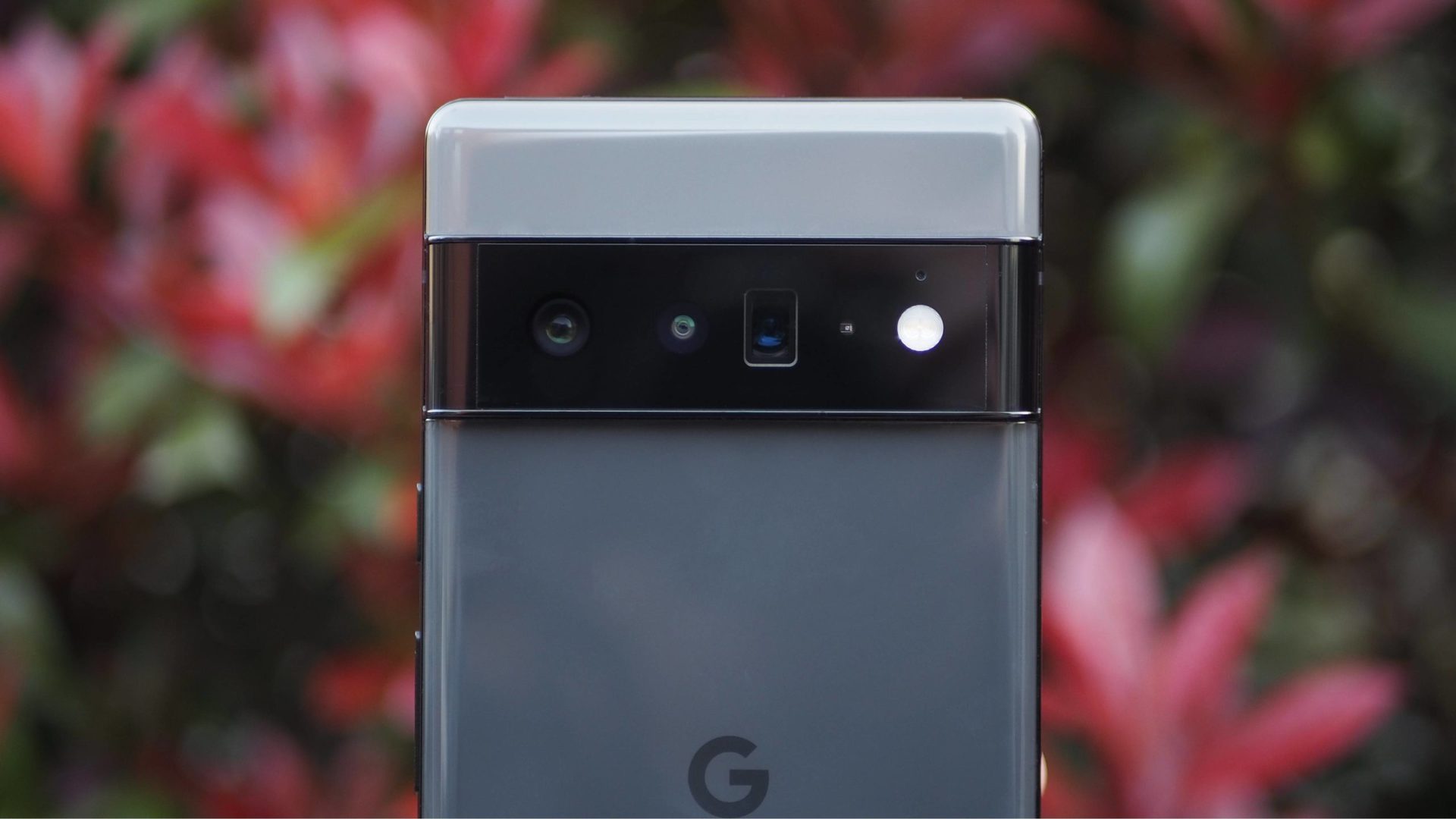
⚡ Welcome to The Weekly Authority, the Android Authority newsletter that breaks down the top Android and tech news from the week. The 189th edition here, with Google’s Pixel self-repair program, a first official look at OnePlus’ Nord N20, and the 2022 BAFTA Games Award winners.
🥚 It feels like Easter eggs have been on the shelves for months, but Easter’s finally next weekend, so I’m off to see if there are any left at the store… wish me luck!
Popular news this week
Google:
- Google announced a Pixel self-repair program, hot on the heels of Apple and Samsung, partnering with iFixit, though no name or release date yet for the program — and here’s why we’re seeing all these self-repair phone services.
- Google will keep Android users safe from unused apps: Play Protect will automatically remove permissions for unused apps, though developers can exempt their apps to preserve functionality.
- Google to hide outdated apps from new users on the Play Store this year — you can still access apps you’ve used previously, but new users will be unable to find or install outdated apps from the Play Store.
- And Google now lets you search for things you can’t describe — by starting with a picture, in a new US beta.
OnePlus:
- OnePlus showed off first official photo of the Nord N20 with 60Hz OLED screen, confirms US release soon, likely sometime in April.
- And OnePlus tipped to copy the OPPO Find N for its first foldable.
- Meanwhile, you can now try out Android 12 on your OnePlus Nord — its final update before the Newer Nord 2.
Samsung:
- Samsung’s Galaxy S9 and S9 Plus have reached end of life status as Samsung ends software support.
- Meanwhile, Samsung announced the S20 FE 2022 in Korea: Identical to the S20 FE but cheaper and lacking AKG earphones.
- And the Samsung S22 FE, S23 series could have MediaTek power.
- Meanwhile, the Galaxy Z Flip 4 and Fold 4 will keep side fingerprint scanners, as they should.
- Plus, rumor has it the Galaxy Z Fold 4’s cameras could be much better than last year’s model, may borrow telephoto and selfie cameras from Galaxy S22 series.
- Also, Samsung’s working on a new smartwatch with a huge battery, unofficially dubbed a Pro variant, reportedly packing a 572mAh battery.
Motorola:
- Motorola already has another Moto G Stylus on the way, with 5G, performance, and screen improvements, same beefy battery and camera.
Apple:
- An update to the iPhone subscription plan rumors: You can’t keep the phone.
- And Apple may make three MacBook models obsolete this month: The 11-inch MacBook Air, 13-inch MacBook Air, and 13-inch MacBook Pro models released in early 2014.
- Apple’s WWDC 2022 event scheduled for June 6, online-only, and iOS 16 could be out then too!
- Meanwhile, US teens still overwhelmingly love Apple, survey reveals, and Google needs to stop ignoring that.
- Finally, Apple fixed two actively exploited vulnerabilities in macOS 12.3.1 Monterey, hasn’t released updates for Big Sur or Catalina.
Space:
- SpaceX will not manufacture any more new Crew Dragon capsules, instead focusing on reusing the existing fleet of four.
- And Friday’s SpaceX launch was the first fully private astronaut mission to the space station.
- Amazon signs massive deal to launch its internet satellites, very deliberately avoids SpaceX.
Elsewhere:
- These LG phones are still getting Android 12 this quarter: Q92 5G, V50, and V50S, at least in Korea.
- And WhatsApp could make it a little easier to start chats with unsaved numbers.
- Apparently, Elon Musk has bought 9.2% of Twitter in a “passive” stake.
- Speaking of, Twitter’s actually working on an edit button, and has been for a while.
- Superpedestrian’s new scooters will forcibly slow you to a stop if you speed.
- According to the 2022 AI Index, AI investment more than doubled to $93.5 billion in 2021.
- And Tokyo’s once-futuristic Nakagin Capsule Tower to be demolished — work to demolish the iconic tower, built in 1972, begins next week.
Movies/TV:
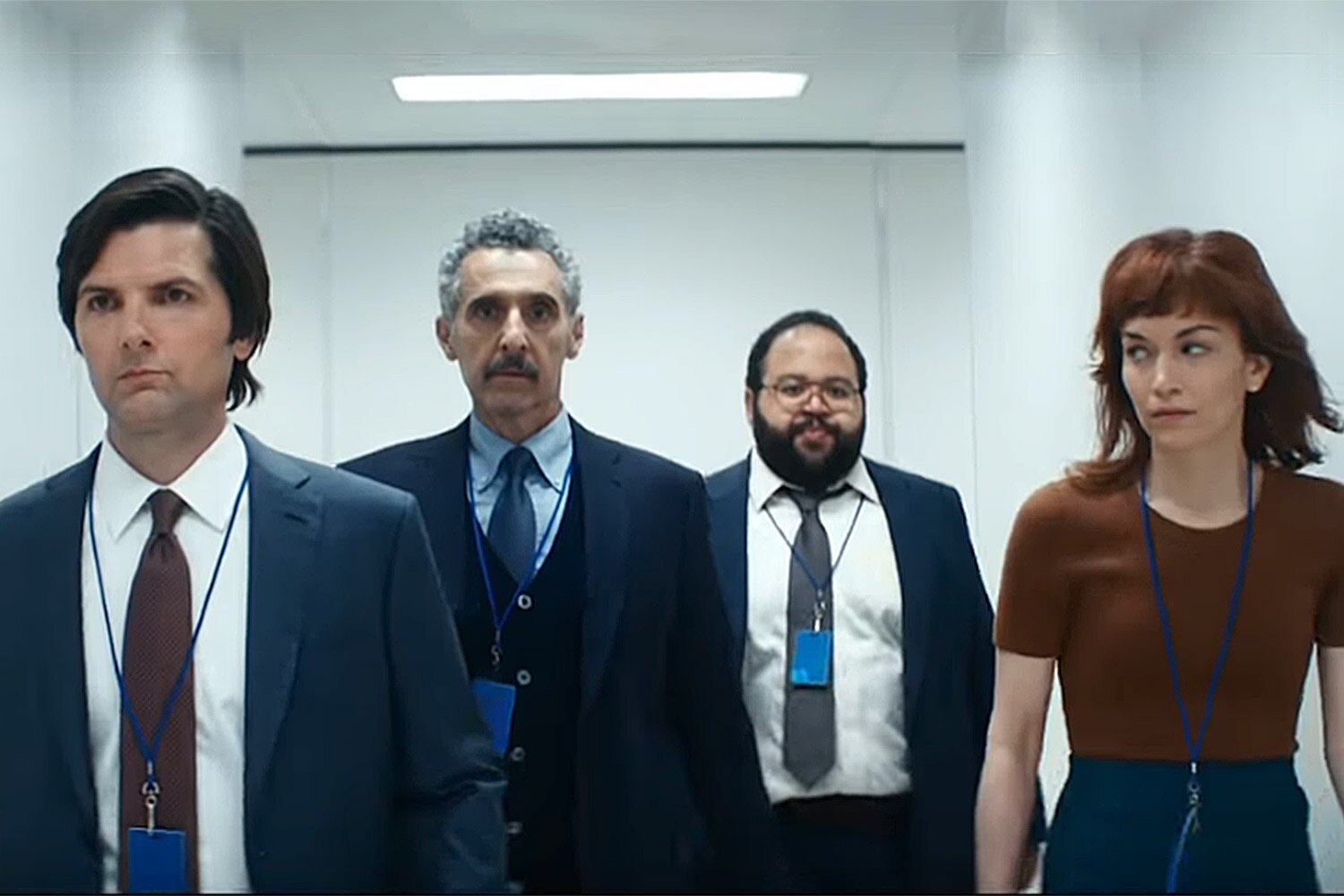
- Spoiler alert: The Severance finale aired on Friday, and though Apple has confirmed season two, no news on a release date yet, so we’ll have to wait a bit longer to find out what happens after that killer twist — meanwhile, Mashable has a fun rundown of Severance’s food, ranked.
- Morbius had an $84 million opening weekend, but critics hate it.
- Meanwhile, Sonic the Hedgehog 2 opened to $6.3 million in Thursday previews.
- Mandalorian creator and David Attenborough team up for Apple TV Plus dino epic Prehistoric Planet.
- Plex Discover just fixed streaming’s biggest problem, allowing you to integrate all your streaming subscriptions in one place, and it’s free for everyone now. But did it just kill the streaming media box?
- And if you’re already missing Severance, check out our pick of the best new streaming TV shows this week, including Tokyo Vice and season two of The Hardy Boys.
- Check out the trailer for Netflix’s first Nigerian original series, Blood Sisters, a four-part crime thriller hitting the streaming service on May 5.
- Speaking of trailers, a season 2 trailer for Netflix’s Russian Doll is here, and things are getting even weirder.
- Finally: This week (April 8) 32 years ago, Twin Peaks premiered on ABC.
Gaming:
- Epic launched Unreal Engine 5, the engine behind the Matrix demo.
- Speaking of, Epic’s new RealityScan app can make 3D models from smartphone photos that can then be brought into a game or project.
- Ron Gilbert confirms Return to Monkey Island, supposedly coming by the end of the year.
- Valve’s ramping up Steam Deck shipments, sending more order emails every week, and “sometimes” plans to send them twice per week.
- And Fortnite raised $144 million for Ukraine relief.
- Meanwhile, Classic Doom with ray tracing looks amazing, adding real-time path tracing to the game’s PrBoom source port, with current support for the first three episodes of the classic 1993 shooter.
- And PlayStation had an excellent night at the 2022 BAFTA Games Awards, with a total of six PS-exclusive wins: Housemarque’s PS5 exclusive Returnal won best game, best music, plus best performer in a leading role (Jane Perry), and audio achievement. Other winners included Ratchet & Clank: Rift Apart with awards for animation and technical achievement, It Takes Two, No Man’s Sky, Forza Horizon 5, and Unpacking, which won best narrative and EE game of the year.
- Also, Mario Golf’s next to join Nintendo Switch Online, teeing off April 15.
- The trailer for Back 4 Blood’s first expansion, Tunnels of Terror is here, with underground hives, three new monster types, and two new playable Cleaner characters, landing April 12.
- Finally this week: This year’s new Need for Speed is reportedly now current-gen only.
Reviews
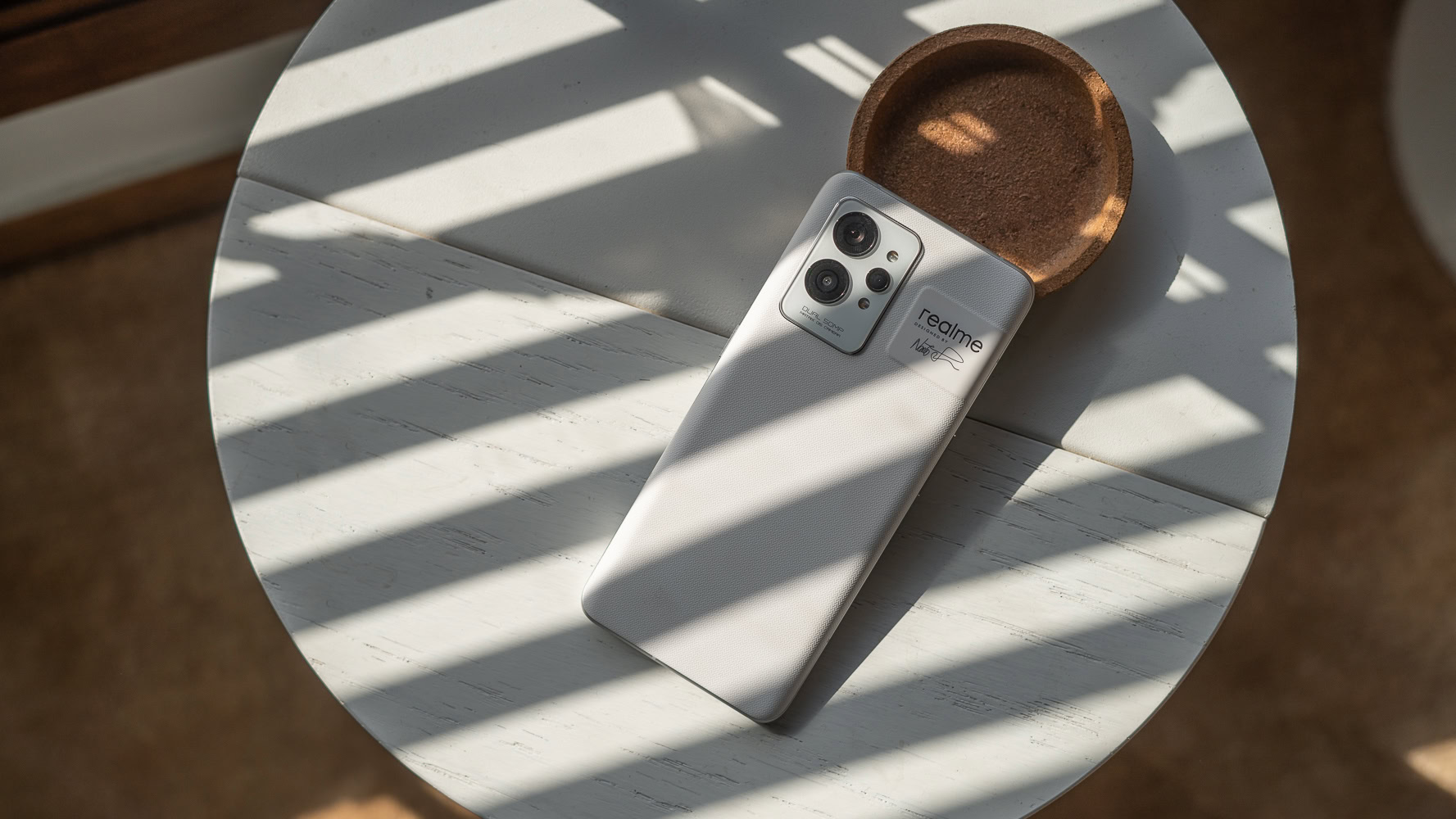
- realme GT 2 Pro review: A winning combo of style and substance — “A refreshingly designed and refreshingly affordable flagship-tier phone.”
- Apple iPhone SE (2022) review: The mind is willing, but the body is weak — “The most affordable way to get iOS in your pocket is starting to feel extremely dated.”
- Samsung Galaxy Buds Plus review: Among the best buds in the galaxy — With Spotify integration, greater battery life, Qi wireless charging functionality, and improved mic quality, these are a compelling buy.
- NVIDIA Shield TV review (2019 version): The best Android TV box, again — “A no-brainer for Netflix bingers or gamers alike: better, cheaper, more powerful, and easier to use.”
- Fitbit Luxe review: Form over function — “At $150, Fitbit drives a hard bargain for this feature set.”
Features
- 9 innovative but wacky LG features that never took off — “From Knock Code to self-healing backs, here are a few cool LG features that didn’t quite take off” (Android Authority).
- Smartphone buyer’s guide: How to pick your first (or next) phone — From software to hardware, design to display, here’s what to consider (Android Authority).
- “It’s all coming at the worst time:” How sky-high nickel price could hamper EV efforts — “The metal is crucial to the most common EV batteries, and Russia produces a significant share of it” (Emerging Tech Brew).
- Researchers Identified Over 5,500 New Viruses In The Ocean, Including A Missing Link In Viral Evolution: The discovery includes thousands of previously unknown RNA viruses (IFLScience).
- Is Russia’s Largest Tech Company Too Big to Fail? “It took 20 years for Arkady Volozh to build Yandex into Russia’s Google, Uber, Spotify, and Amazon combined. It took 20 days for everything to crumble” (Wired).
Weekly Wonder
Earlier I mentioned investment in A.I. has more than doubled — which brought to mind a strange story I read in The Smithsonian about a sort-of artificial intelligence from history. Back in the 70s — the 1770s, that is — a European inventor by the name of Wolfgang von Kempelen showed off his latest creation: a robotic chess player.
Known officially as “The Automaton Chess Player,” the machine later came to be known as the “Mechanical Turk” or “The Turk.” The Turk looked like a mechanical man wearing robes and a turban, sitting atop a wooden cabinet overlaid with a chessboard, and was designed to play chess against anyone game enough to challenge him.
The machine toured Europe and beat the likes of Benjamin Franklin before arriving in America in April 1826. More than a hundred people gathered to see its unveiling in New York. From the New York Evening Post: “Nothing of a similar nature has ever been seen in this city, that will bear the smallest comparison with it.”
- People weren’t only curious about how the machine worked, but also, mainly due to its arrival in the middle of the Industrial Revolution, questions began to be asked about what kind of work machines may be able to do, and how many human jobs or functions they could replace in future.
- The Turk was really good at Chess, responding to unpredictable moves and human behavior, so that it appeared to be “operating autonomously, guided by its own sense of rationality and reason.”
- Try and cheat and the Turk would simply move the Chess piece back to its previous position. More than one attempt saw him swipe his arm over the board, sending the pieces flying.
Despite the Turk’s skills, or perhaps because of them, most people didn’t believe it was a real machine. Automatons were nothing new at the time. Mechanical animals like the “Digesting Duck,” which pooped out pellets after being fed, already drew crowds at events.
A young Edgar Allen Poe was inspired by The Turk in 1836, penning the essay “Maelzel’s Chess Player,” which pointed out that the machine would win every time if it was a “pure machine.” Others, like British author Philip Thicknesse, were also vocal about the hoax.
It turned out Poe was right… well, kind of. He’d initially thought that a small man or young boy crawled into the body of the Turk, operating it from within.
The Museum of Hoaxes revealed the truth:
“A series of sliding panels and a rolling chair allowed the automaton’s operator to hide while the interior of the machine was being displayed. The operator then controlled the Turk by means of a ‘pantograph’ device that synchronized his arm movements with those of the wooden Turk. Magnetic chess pieces allowed him to know what pieces were being moved on the board above his head.”
But why is this so interesting to us today? Well, this was likely one of the early steps on the path towards A.I. In 1819, Charles Babbage saw the Turk play when it toured England. Three years later, he went on to work on the Difference Engine, a machine that calculated and tabulated mathematical functions automatically.
And the Turk? Sadly it ended up forgotten in the Chinese Museum in Philadelphia by the 1850s, and was destroyed by fire in 1854.
Tech Calendar
- April 11: vivo X Fold unveiling (China only)
- April 20: Meta Quest Gaming Showcase @ 10 AM PT
- May 9-11: Qualcomm 5G Summit (San Diego)
- May 11-12: Google I/O 2022
- June 6-10: Apple WWDC 2022
Tech Tweet of the Week
One hundred people are part of a federal class action lawsuit against Burger King for misrepresenting burger sizes by 35%.The legal filing is exactly as you would imagine: pic.twitter.com/BZ2cHRE5ak— Trung Phan (@TrungTPhan) April 7, 2022
See you next week!
Paula Beaton, Copy Editor.

